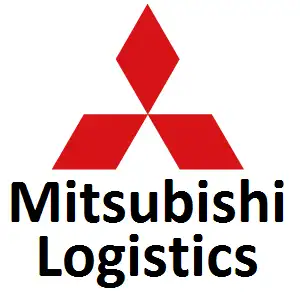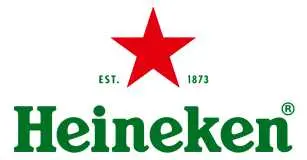
Long-term Evolution Base Station Market Trends, Size, Growth, Challenges, Competition and Future Investment Opportunities Till 2034: SPER Market Research
Category :
Information & Communications Technology
Published:
Jun-2025
Jun-2025
Author:
SPER Analysis Team
SPER Analysis Team
Long-term Evolution Base Station Market Trends, Size, Growth, Challenges, Competition and Future Investment Opportunities Till 2034: SPER Market Research
Global Long-Term Evolution Base Station Market is projected to be worth 9851.75 million by 2034 and is anticipated to surge at a CAGR of 10.09%.
Long-Term Evolution (LTE) base stations are critical components in modern wireless communication systems, enabling high-speed mobile broadband connectivity. These stations serve as the foundation for transmitting and receiving radio signals between user devices and the core network. LTE base stations play a key role in ensuring seamless voice and data transmission, supporting higher network capacity, improved coverage, and lower latency. As demand for mobile data continues to rise, LTE base stations are being enhanced with advanced technologies, including energy-efficient designs and AI integration. They also support the evolution towards 5G, making them essential for next-generation telecommunications infrastructure.
Drivers:
The global LTE base station market is being driven by the increasing need for high-speed mobile data, fueled by the rising use of smartphones, streaming platforms, IoT devices, and cloud-based applications. Governments around the world are supporting digital infrastructure development through financial backing and favorable policies, encouraging further investments in LTE technology. Moreover, advancements like carrier aggregation, massive MIMO, and the integration of artificial intelligence for network management are boosting the efficiency and performance of LTE networks. As smart city projects and 5G transition plans continue to grow, LTE base stations remain essential for supporting current network demands and ensuring smooth upgrades to future wireless technologies.
Request For Free Sample Report @ https://www.sperresearch.com/report-store/long-term-evolution-base-station-market?sample=1
Challenges:
Despite strong market growth, several challenges hinder the LTE base station industry. High initial investment in network infrastructure, spectrum licenses, and equipment maintenance creates financial pressure, especially for smaller service providers. Complicated regulations regarding frequency allocation, site permissions, and compliance often delay deployments. Additionally, rapid technological evolution increases the risk of current systems becoming outdated, demanding constant upgrades. Global supply chain disruptions can also impact equipment availability and inflate costs. Another major concern is the rising energy consumption of base stations, prompting the need for greener, energy-efficient alternatives. These factors collectively present hurdles in scaling LTE infrastructure efficiently and economically across different regions.
Market Trends:
Key trends in the LTE base station market include the growing adoption of small cell networks in densely populated urban areas to enhance capacity and coverage. There's a shift toward modular, low-power, and energy-efficient hardware to support sustainability goals. AI and machine learning technologies are being integrated into base stations to automate traffic flow, enable predictive maintenance, and reduce operational costs. The market is also witnessing increased convergence between LTE and 5G technologies, allowing for smoother upgrades and better long-term value from current infrastructure. Furthermore, the use of software-defined networking (SDN) and network function virtualization (NFV) is rising, offering greater flexibility, scalability, and cost-efficiency for telecom operators.
Global Long-Term Evolution Base Station Market Key Players:
Airspan, CommScope, Ericsson, Huawei, Motorola, NEC, Nokia, Qualcomm, Samsung, ZTE are just a few of the major market players that are thoroughly examined in this market study along with revenue analysis, market segments, and competitive landscape data.
For More Information about this Report @ https://www.sperresearch.com/report-store/long-term-evolution-base-station-market
Global Long-Term Evolution Base Station Market Segmentation:
By Component: Based on the Component, Global Long-Term Evolution Base Station Market is segmented as; Hardware, Software.
By Technology: Based on the Technology, Global Long-Term Evolution Base Station Market is segmented as; FDD-LTE, TDD-LTE, Small cells.
By Provision: Based on the Provision, Global Long-Term Evolution Base Station Market is segmented as; Urban, Suburban, Rural.
By End-use: Based on the End-use, Global Long-Term Evolution Base Station Market is segmented as; Residential & SOHO, Enterprise, Telecom operators, Government and public sector.
By Region: This research also includes data for North America, Latin America, Asia-Pacific, Europe, Middle East & Africa.
This study also encompasses various drivers and restraining factors of this market for the forecast period. Various growth opportunities are also discussed in the report.
Would you like to view the sample pages?
Get Sample PagesGet Your Report
Choose an option below to inquire or purchase the report.
Inquiry About Report Buy This ReportDomains Served
Our Global Clients
Our data-driven insights have influenced the strategy of 200+ reputed companies across the globe.




































